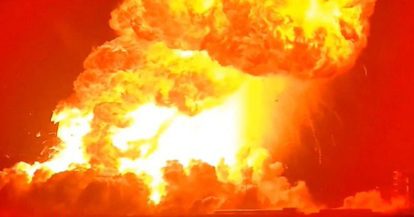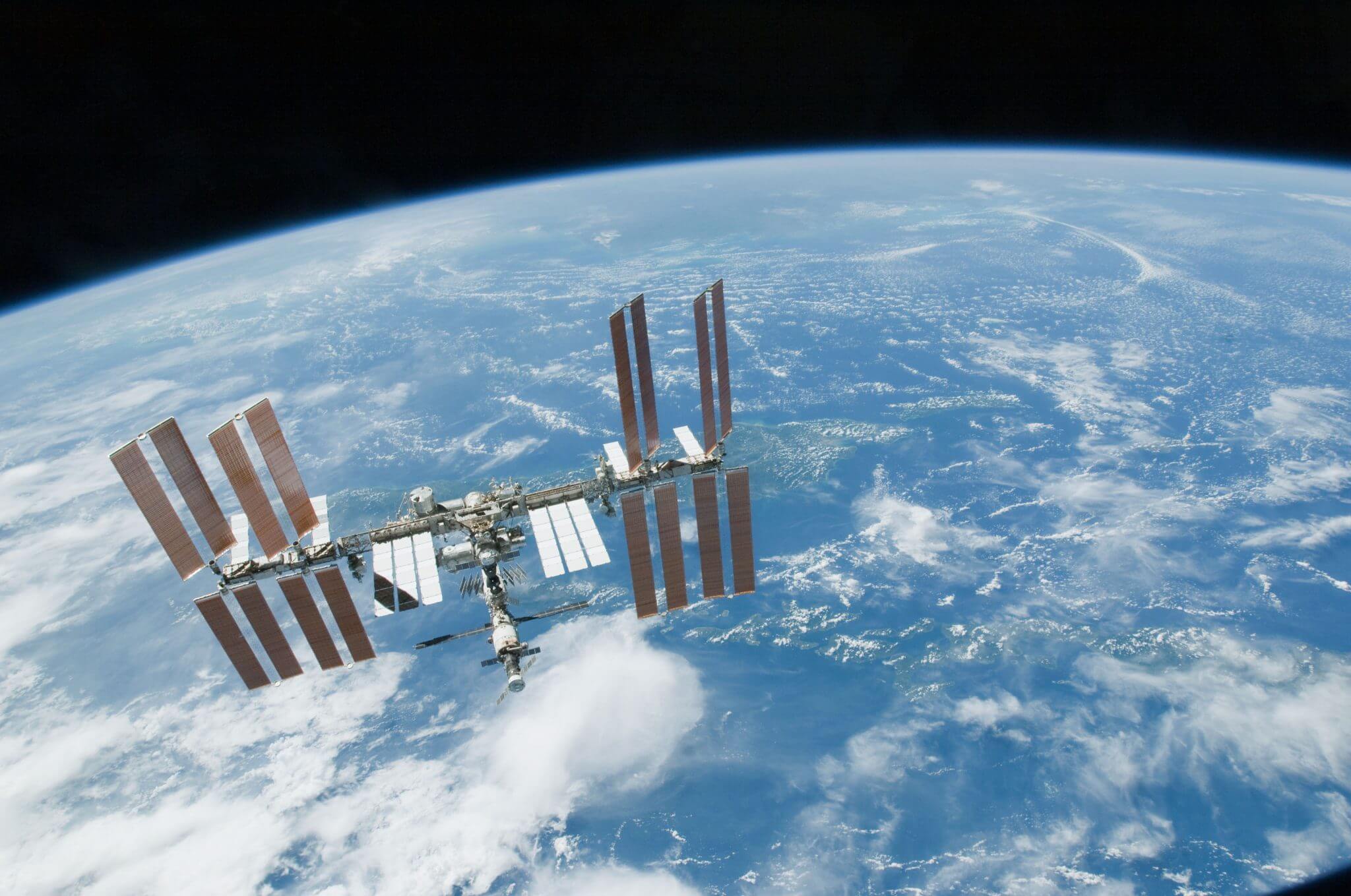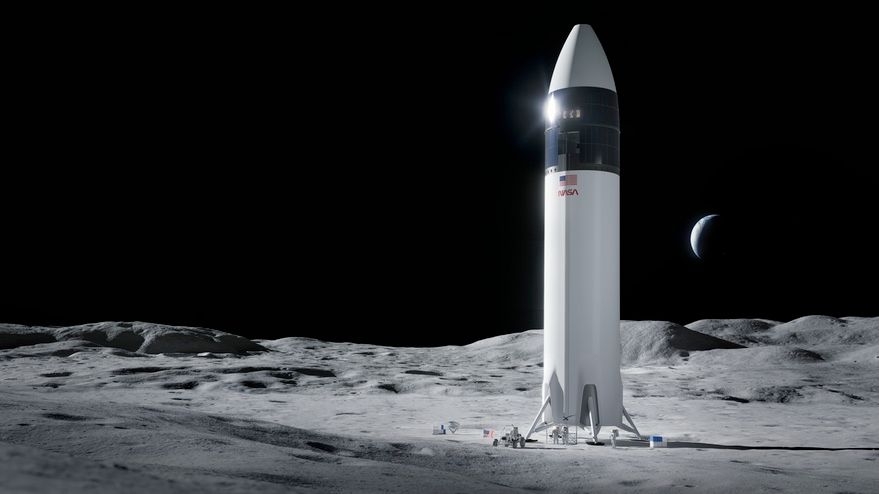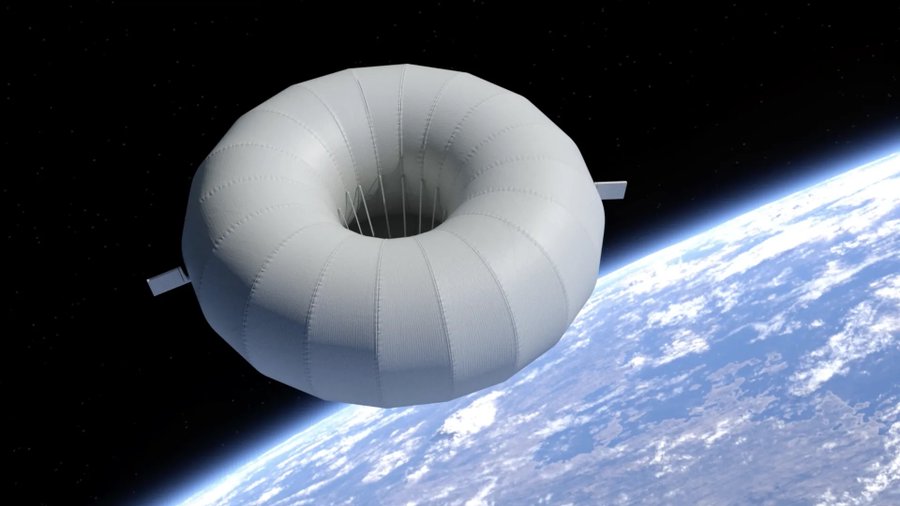In what is rapidly becoming a farcical situation within the NASA commercial crew programme, SpaceX has now admitted that its commercial crew capsule, “Crew Dragon” (aka Dragon V2), will have its first flight delayed from May 2017 until November. This flight will be uncrewed. The first crewed flight will be moved from August 2017 to May 2018. The reasons are thought to be technical and related to the recent on-pad failure of a Falcon 9 launch vehicle (the original plan was for the crew to be in position in the capsule while the rocket was fuelled on pad). The news comes after Boeing delayed its own unmanned test flight of the CST-100 Starliner spacecraft from late 2017 until June 2018, with the first crewed flight moved from February 2018 to August that year.
Comment by David Todd: The better Sierra Nevada Dream Chaser mini-shuttle design was specifically excluded from the final two selected in NASA’s commercial crew programme because it could not make the original schedule’s deadline. Now the two spacecraft that beat it are probably not going to make the schedule either.
By the way, the gliding Sierra Nevada Dream Chaser is thought to be an inherently safer design than the SpaceX Crew Dragon, which will eventually use a rocket-powered descent and landing technique. Most space safety experts will tell you that you only use such a landing system for human spaceflight when you have to (i.e. to land on a planetary body with little atmosphere), rather than out of choice. Blue Origin separately realised this when it elected to eject its suborbital New Shepard passenger-carrying capsule for a parachute landing rather than risk humans on a powered descent. In the meantime, even Boeing’s simpler parachute landing system on its orbital Starliner will probably result in heavy landings. The similar last-second-rocket-arrested, parachute-slowed Soyuz craft has seen injuries reported to about one third of crew engaged in its landings. Ballistic and partially lifting capsule craft also lack the gentler “g-load” re-entry regime that winged vehicles like Dream Chaser have.
US President-elect Donald Trump will be watching closely. He is cutting back on wasteful aerospace projects, with the new Boeing Air Force One 747 jet programme under threat and even the Lockheed Martin F-35 fighter programme in the balance. So, it might be time for Trump to end the SpaceX commercial crew effort, and give them the money to develop their human Mars plan instead. Or else give the money to Sierra Nevada.
As it is, with only about seven years left of the International Space Station (and that assumes it gets a life extension), there could soon be nowhere for these commercial crew craft to fly to by the time they are ready.
Interestingly, having previously been closely aligned with the Obama administration, Elon Musk, founder of SpaceX and Tesla cars, has become one of Trump’s “wise men” on an economics advisory board, alongside the likes of Amazon and Blue Origin leader, Jeff Bezos. They know which side their bread is buttered when the political winds change.
Post Script: Other parts of NASA’s human exploration programme are also having trouble. While the development of the SLS heavy lift rocket had been making very good progress, with the basic hardware for the early version of the rocket nearly complete. However the SLS rocket’s own software has not been properly passed during its testing – raising questions about safety.
Still it is not all bad news for NASA. The engineering model of the European-supplied service module of the Orion capsule has successfully completed its year-long testing programme at its Plum Brook facility at the NASA Glenn Research Center. As it is, SLS remains a basically sound, if expensive, heavy-lift launch vehicle (the Space Shuttle close-relative “Sidemount” would have been a cheaper and faster-to-develop if less capable choice of interim launch vehicle). The new Trump administration will soon realise however that NASA will needs the SLS production rate to be increased at the main Michoud base in order to allow its full use for manned lunar and possible Mars exploration.







